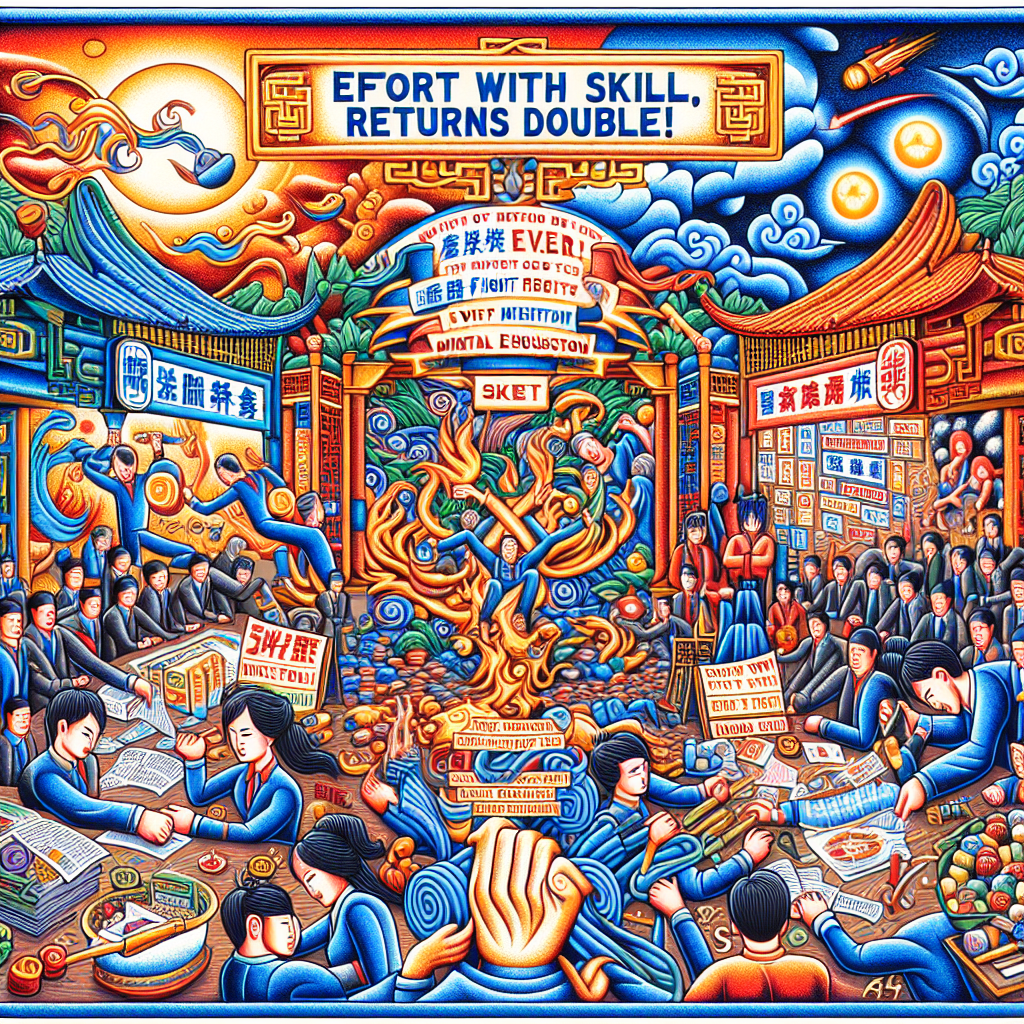
Phu Quoc, a stunning island in Vietnam, is a hidden gem perfect for a weekend escape. With pristine beaches, lush forests, and a vibrant cultural scene, it’s no wonder this island is gaining popularity among travelers. I recently spent a short but memorable weekend at Wyndham Grand Phu Quoc, and here’s my recommended itinerary to make the most of your trip!
Kick off your adventure with the vibrant attractions in the northern part of the island.
Phu Quoc United Center This vibrant complex is a hub for entertainment and culture. It features Grand World, an area inspired by Venice with gondola rides, colorful facades, and a romantic atmosphere. At night, enjoy the Bamboo Legend, a stunning bamboo-made architectural masterpiece, and the Tinh Hoa Vietnam Show, a dazzling cultural performance showcasing Vietnamese traditions

Vinpearl Safari Phú Quốc Spanning over 380 hectares, this is Vietnam's largest wildlife conservation park. Visitors can embark on a safari ride to see giraffes, zebras, lions, and rare white Bengal tigers. Interactive feeding zones and educational talks make it a perfect family-friendly activity

VinWonders Phú Quốc Southeast Asia’s largest theme park offers thrilling rides, a water park, and unique attractions like the Mayan Legend, a dark slide adventure, and the Greek Civilization, featuring one of the fastest roller coasters in the world. The park also hosts the Sea Shell Aquarium, one of the largest in the world, with over 18,000 marine creatures

Cung điện Hải Vương (The Sea Shell) This iconic turtle-shaped aquarium is the crown jewel of VinWonders. Visitors can explore five oceanic zones, enjoy virtual reality exhibits, and admire rare sea life, including vibrant coral reefs and endangered species

Sunset at the Beach As the day winds down, relax on a pristine beach and take in the breathtaking sunset. Phu Quoc is famous for its golden-hour views.

Dương Đông Night Market A lively spot to shop for local crafts and enjoy fresh seafood. Try Phu Quoc specialties like grilled sea urchins and black pepper crab. The market is also an ideal place to purchase authentic pearls

Phu Quoc Centre & Dinner at Pho Sai Gon Wrap up your day with a visit to Phu Quoc Centre, then savor authentic Vietnamese dishes at Pho Sai Gon for dinner.
The southern side of Phu Quoc offers a mix of history, nature, and iconic landmarks.
Hon Thom Departure Terminal - Sun World Hon Thom Nature Park Enjoy breathtaking views during the world’s longest overwater cable car ride (nearly 8 kilometers), connecting Phu Quoc to Hon Thom Island. Activities on Hon Thom include snorkeling, kayaking, and ziplining. Check the cable car’s operational schedule to avoid delays

Kiss Bridge A romantic and iconic landmark shaped like two hands, the bridge provides an idyllic setting for photos with the ocean as a backdrop. It symbolizes unity and love

Quầy vé SUN WORLD HÒN THƠM NATURE PARK Enjoy the many attractions here, from water sports to tropical scenery.

Phu Quoc Prison History Museum Also known as Coconut Tree Prison, this museum provides a poignant glimpse into the island's wartime history. Exhibits include life-size models and artifacts depicting the conditions faced by prisoners during Vietnam's wars

Sunset at Sunset Sanato Beach Club Famous for its photogenic art installations on the beach, this club offers a relaxing environment with drinks, music, and mesmerizing sunset views.

Back to Wyndham Grand for a Massage & Dinner After a long day, treat yourself to a rejuvenating massage at the hotel spa and enjoy a delicious dinner at the Wyndham Grand.
On your final morning, take the free shuttle service back to Ho Chi Minh City. While it’s hard to say goodbye, you’ll leave with wonderful memories of this tropical paradise.
Phu Quoc has so much to offer, from natural beauty to cultural attractions, and this short weekend itinerary barely scratches the surface. I wish I had more time to explore this beautiful island, but these three days were nothing short of magical. Whether you’re seeking relaxation or adventure, Phu Quoc is a destination worth adding to your travel list.
Pack your bags and prepare to be enchanted! 🌴✨


















